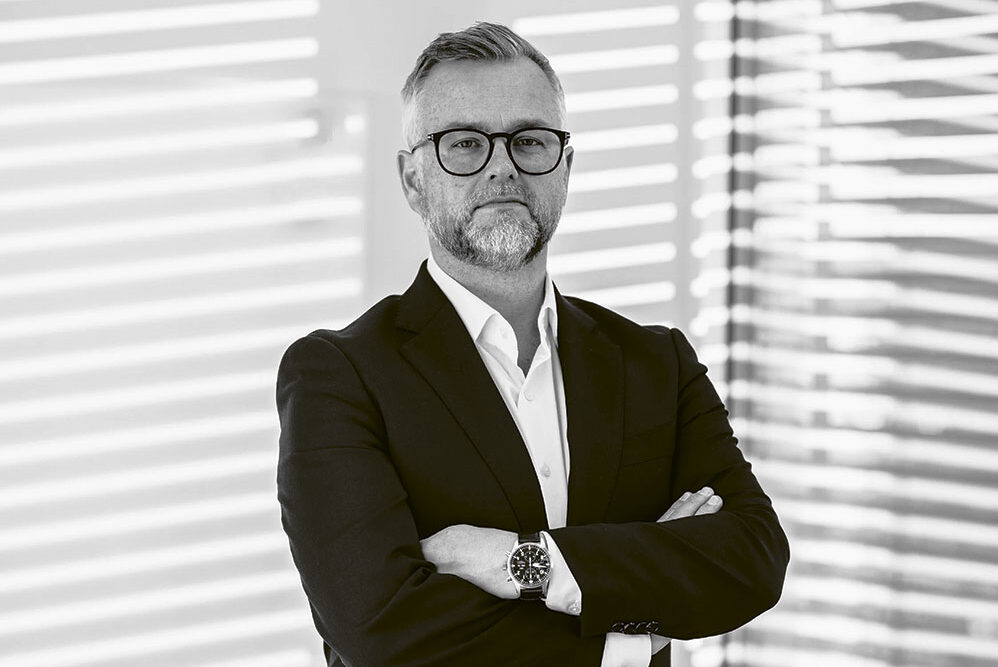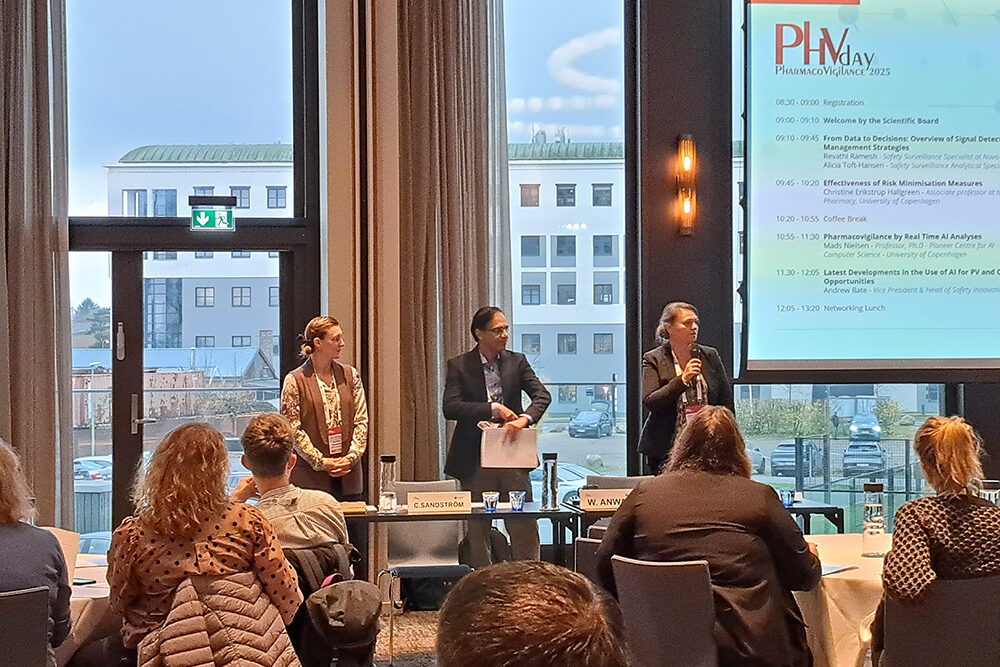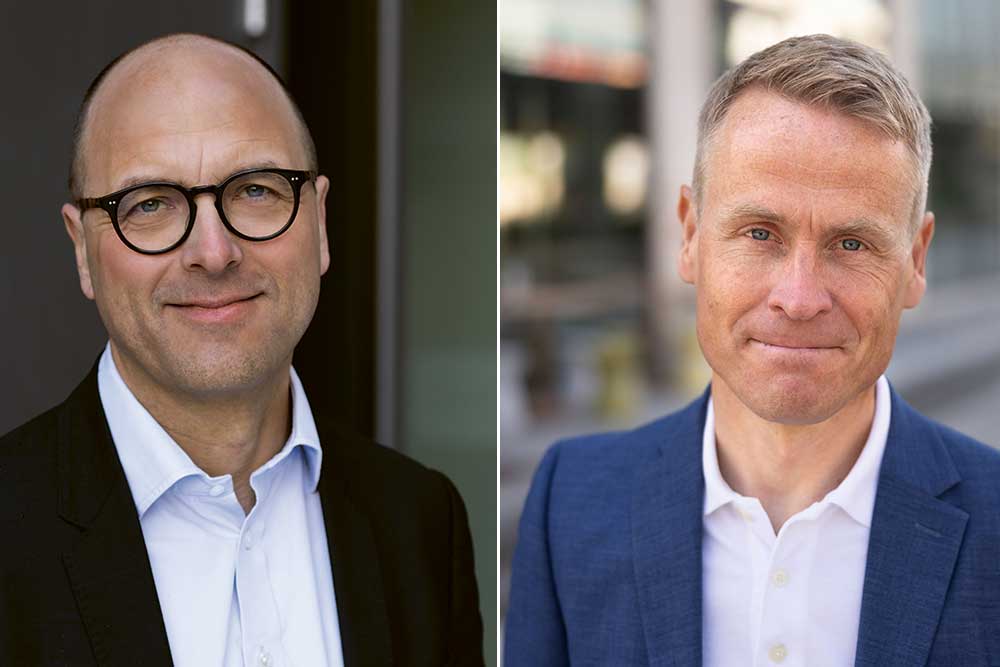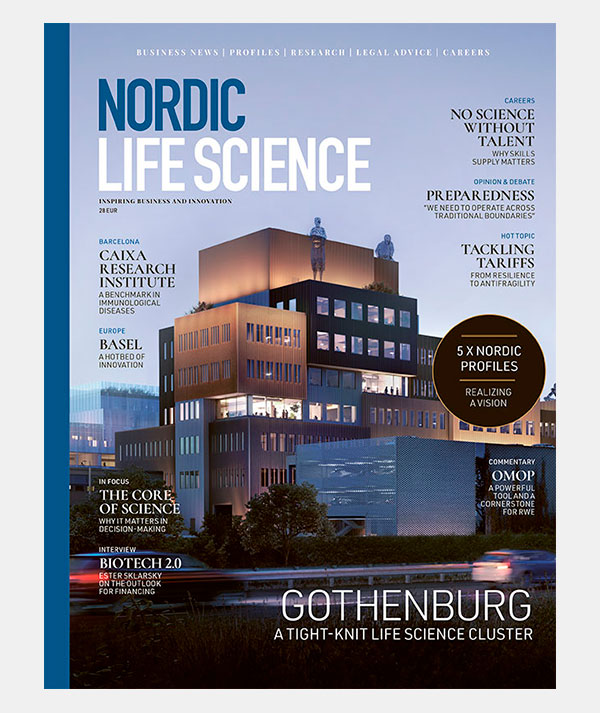Denmark, Sweden, Greater Copenhagen, and the European axis of innovation
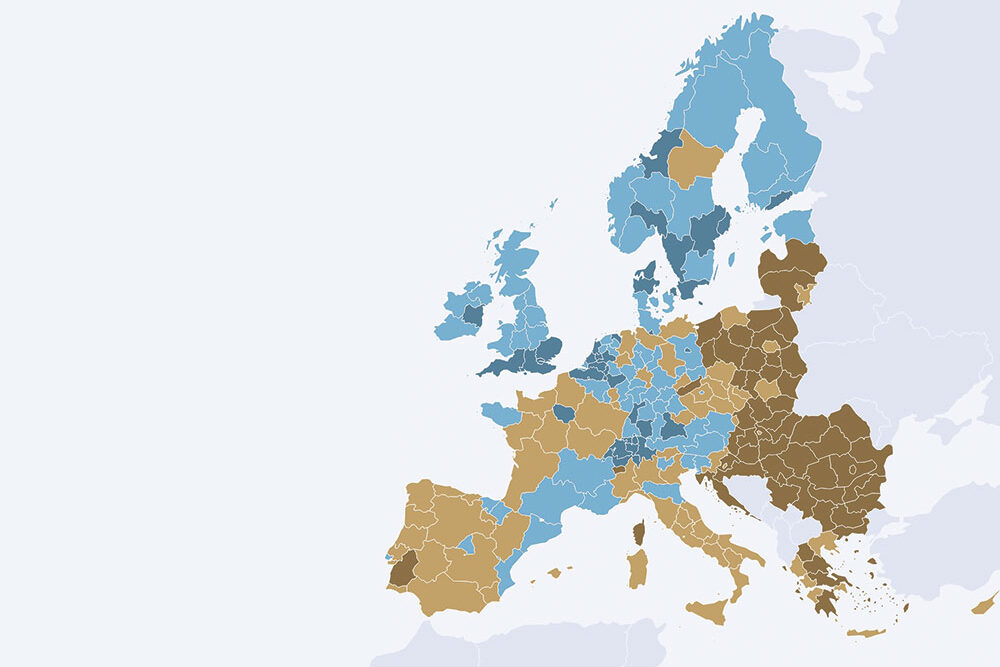
Innovation is obviously a key component of future competitiveness. Consequently, the very same stakeholders from industry, academia, research and the political sphere, who have embraced the Draghi report’s recommendations on European competitiveness and the European life science strategy published this summer by the European Commission, have also welcomed the new 2025 European Innovation Scoreboard analysis.
The European Innovation Scoreboard provides a comparative assessment of the research and innovation performance of EU Member States and other European countries from 2018 to 2025. As such, it indicates which innovations hubs might qualify as the key constituent parts of any coherent European strategy aiming to address key challenges and rival China and the US. This is the explicit ambition of both the more general Draghi report and the more focused or niche European life science strategy.
From a Danish, Swedish and a Nordic perspective, there is reason for considerable optimism. Nationally, the most innovative countries in Europe are now Sweden, Denmark, and The Netherlands. The fact that since last year Denmark has dropped from first place to second place in the overall national ranking, and that Copenhagen has also had to cede last year’s top position to the Swedish capital Stockholm, could of course be perceived as a setback from a narrow Danish perspective. Not surprisingly and quite understandably, key Swedish stakeholders have used the opportunity highlight the updated ranking. But globally we must compete as a Nordic cluster with the extra critical mass, and build on the strengths we have together.
If we investigate the regional figures, explore the European map, and adopt a more collaborative and less competitive Danish-Swedish mindset, which we tend to do in both Greater Copenhagen and Medicon Valley Alliance, a new and potentially far more interesting and wide-ranging perspective emerges. The regional figures show that the Danish-Swedish Greater Copenhagen Region/Medicon Valley Cluster is the most innovative cross-border region in Europe. With Copenhagen ranked 2nd and Southern Sweden ranked 10th just behind Western Sweden ranked 9th, the Greater Copenhagen region is still the most innovative cross-border region in all of Europe, even if Stockholm as a region has surpassed the capital region of Copenhagen in the head-to-head competition.
A deep dive into the European regional figures unveils a Nordic and North European “axis of innovation” stretching in an almost straight line from the Finnish capital of Helsinki to Stockholm, across Sweden and Denmark ending in London and the southern part of the UK. London happens to be the 3rd most innovative region in Europe after Stockholm and Copenhagen.
If we adopt a more collaborative mindset, join forces and further strengthen our collaboration with the support of both regional and national governments, industry and academia, Denmark and Sweden could not only continue to be innovation drivers and help realize the Greater Copenhagen region’s own potential, but together we could also position ourselves for a place in the driving seat when it comes to the more strategic European ambitions.
As such, Greater Copenhagen and Medicon Valley, which basically covers the same geography of Eastern Denmark and Southern Sweden, is quite uniquely positioned. It is located at the middle of the European innovation highway with an arm of highly innovative regions stretching to the north-east and the south-west. If we adopt a more collaborative mindset, join forces and further strengthen our collaboration with the support of both regional and national governments, industry and academia, Denmark and Sweden could not only continue to be innovation drivers and help realize the Greater Copenhagen region’s own potential, but together we could also position ourselves for a place in the driving seat when it comes to the more strategic European ambitions. Hopefully, the Danish EU-presidency will connect the dots and pave the way for an inclusive process, to which the hands-on drivers of innovation who are most familiar with cross-border collaboration are invited to contribute.
The new European life science strategy points out specific elements where we believe Denmark and Sweden could and should contribute and benefit. For instance, as part of the European life science strategy, the European Commission has suggested that EUR 300 million be mobilized to stimulate the procurement of life science innovation in areas such as climate change adaptation, next-generation vaccines, and affordable cancer solutions. The Commission will also set up a Life Science Coordination Group to align policies and funding across sectors, and support engagement with key stakeholders, including industry and citizens. Furthermore, EUR 250 million will be mobilized for cross-sectoral life sciences technologies, supporting the development of new products that drive industrial innovation and sustainability. This includes new approach methodologies, novel molecules, advanced materials, and more efficient biomanufacturing.
Another element of the strategy is the promotion of a One Health approach to research and innovation, and the mobilization of up to EUR 100 million under the Horizon Europe work programs 2026-27 to develop and deploy microbiome-based solutions.
The money that Interreg Öresund-Kattegat-Skagerrak invests comes primarily from the European Regional Development Fund and comprises crucial contributions to the solution of societal challenges in areas such as innovation and entrepreneurship, green transition, transport and mobility, and a borderless labor market.
From a Greater Copenhagen/Medicon Valley perspective we would like to highlight the importance of the Interreg Öresund-Kattegat-Skagerrak program, which finances EU projects across the border in southern Scandinavia. The money that Interreg Öresund-Kattegat-Skagerrak invests comes primarily from the European Regional Development Fund and comprises crucial contributions to the solution of societal challenges in areas such as innovation and entrepreneurship, green transition, transport and mobility, and a borderless labor market. From a narrower life science perspective, the HALRIC consortium for utilizing highly-specialized life science research infrastructures and the ReproUnion consortium for research and innovation in infertility, are two current examples of cross-border projects. They both address a crucial need, stimulate innovation, and are organized within a cross-border framework that creates something that is greater than the sum of its parts.
With only a few months left of the Danish EU-presidency, little can be done before the baton is handed over to Cyprus. But perhaps we can still find time to light the beacon and make sure that the European decision-makers know where to look both in the EU and in neighboring UK and who to reach out to when drafting and executing the grand strategies and operational plans that will eventually determine the future of Europe.
About the author
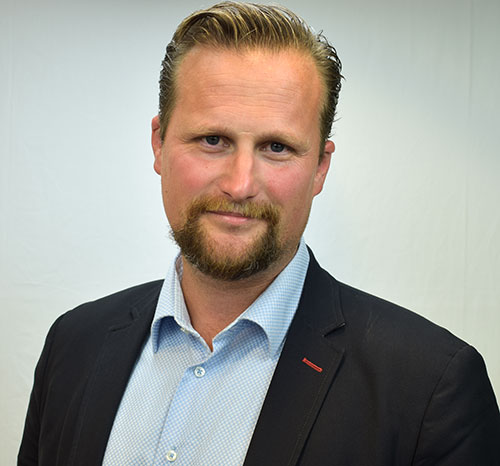
Carl Johan Sonesson is Vice Chairman of Greater Copenhagen and Chairman of the Executive Committee, Region Skåne.
About the author

Niels Abel Bonde is Chairman of Medicon Valley Alliance. This column was originally published in NLS magazine No 03 2025. Photo: Ida Wang
Published: September 29, 2025


